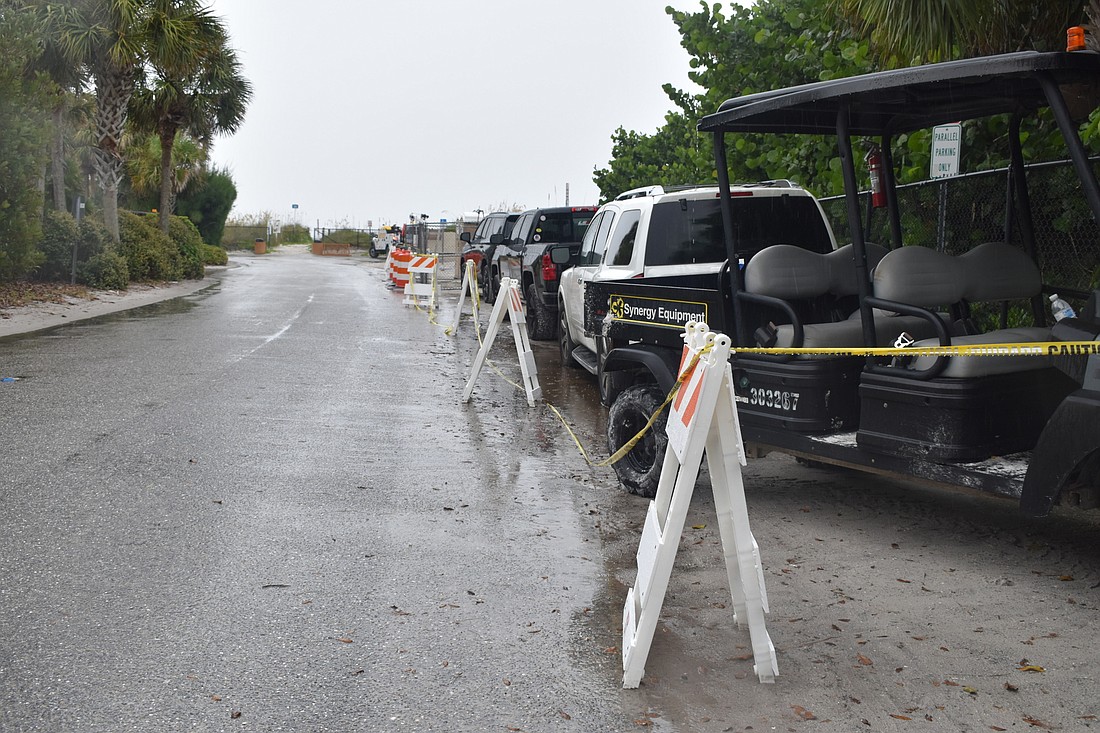- April 25, 2024
-
-
Loading

Loading

The town of Longboat Key has limited some public beach parking at 100 N. Shore Road due to its beach renourishment projects.
Town Projects Manager Charlie Mopps said the contractor of the project, Weeks Marine, will utilize 10-12 parking spots per day until Aug. 9.
Longboat Key’s northern-most public beach parking typically offers a total of about 30 spaces, which are not paved or striped.
“They’ve been working on all parts of the island, on the mid-island, the south-island work and now the focus is on Greer Island and the groins and ultimately the placing of the sand,” Town Manager Tom Harmer said. “And so, there’s certain equipment they need to bring down there to have access to that portion of the island.”
In mid-August, Weeks Marine’s dredger C.R. McCaskill is set to fill sand from Greer Island to Broadway Street.
“This has been planned,” Harmer said. “It’s just part of the evolution of the project where the focus is now on the north end where the groin work and where that sand place will be occurring.”
The C.R. McCaskill is a 30-inch cutter suction dredge. It is similar to the E.W. Ellefsen used to fill beach segments mid-Key and near the south end of the island.
Parts of Greer Island will be closed to allow crews to clear vegetation.
Kelly Brothers Inc. resumed construction of the rock groins south of North Shore Road after Hurricane Elsa.
Harmer said the Public Works Department was still working to determine potential impacts from Hurricane Elsa earlier this month.
“They want to wait until (there are) a couple weeks afterwards where the sand kind of settles in, and they can determine where some of it may have moved to, and what the true impacts might be,” Harmer said.